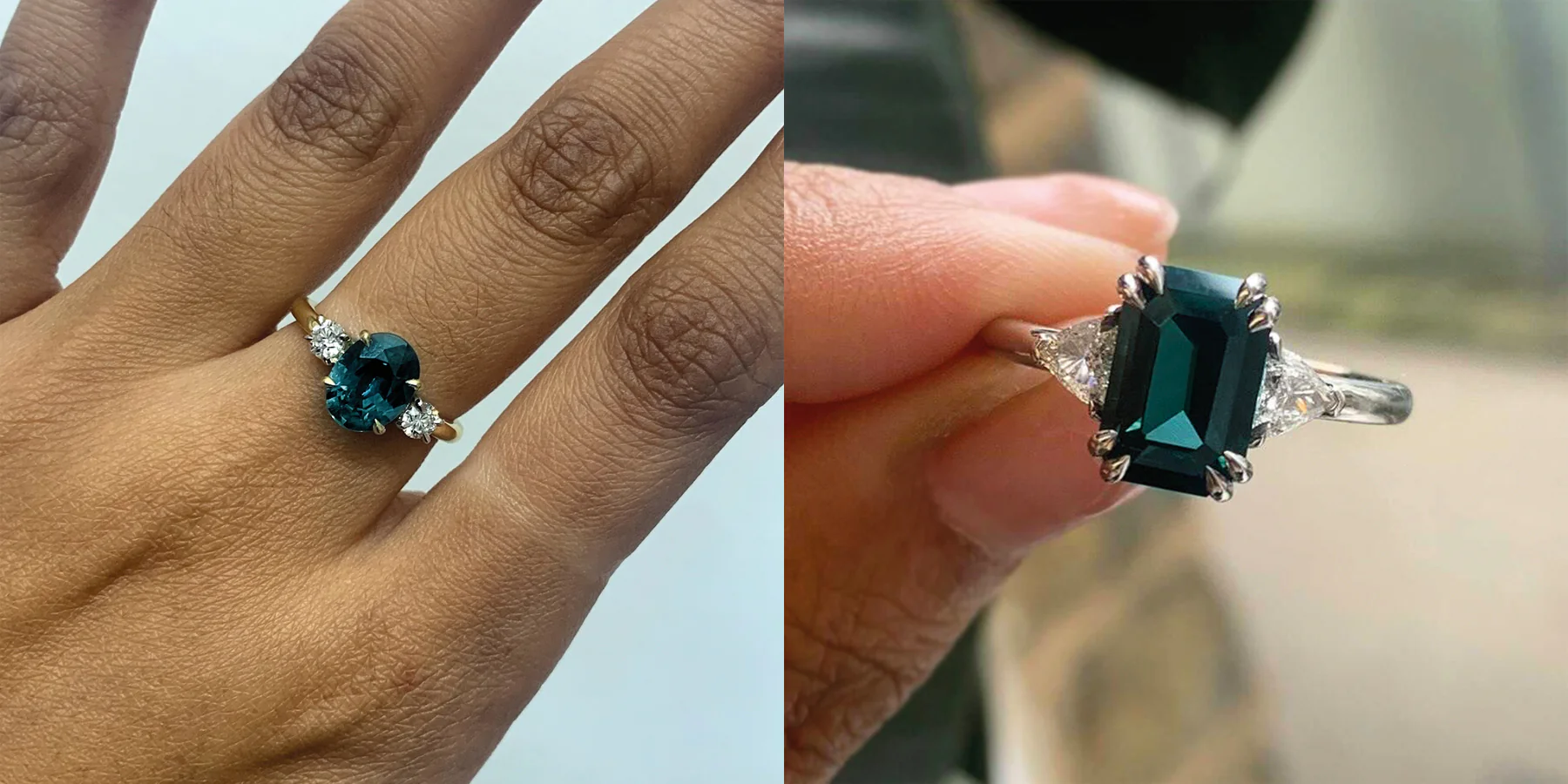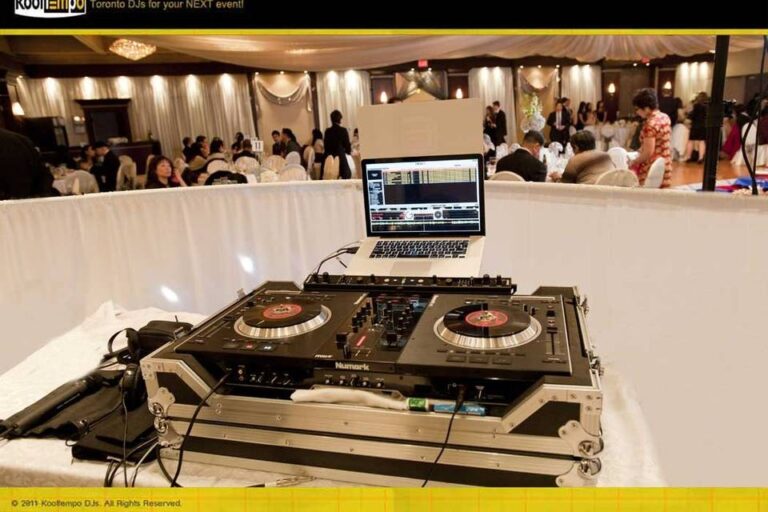Teal sapphires have rapidly become one of the most sought-after gemstones in the world of fine jewelry. Their unique blend of blue and green hues creates a mesmerizing color that sets them apart from traditional sapphires. Whether you are looking for an engagement ring, a special gift, or an investment piece, understanding how to choose the perfect teal sapphire is essential. This guide will walk you through the critical aspects to consider when purchasing one, ensuring that your selection is both beautiful and valuable.
What Makes a Teal Sapphire Unique?
Teal sapphires are a variety of corundum, the same mineral family as blue sapphires and rubies. What makes them unique is their captivating color—a natural mix of blue and green tones that gives them a look reminiscent of ocean waters or forest depths. These gems are often prized for their rarity and individuality, as no two stones are exactly the same.
Unlike treated or synthetic gemstones, most teal sapphires are naturally colored, which enhances their appeal among collectors and connoisseurs. Their unusual color is a result of trace elements like iron and titanium within the stone, and their tone can range from light seafoam to deep lagoon hues.
Determine Your Preferred Shade
The first step in choosing a teal sapphire is to decide what kind of color balance you prefer. Some stones lean more toward blue, while others show a dominant green hue. Others may appear more evenly split between the two, creating a true teal effect.
This choice is entirely subjective. A person who loves the tranquility of oceanic tones may prefer a blue-dominant stone, while someone drawn to earthy aesthetics might choose a greener sapphire. It’s best to view several stones in different lighting conditions—daylight, indoor light, and under direct sunlight—as teal sapphires often show color shifting depending on their environment.
Consider the Origin
The origin of a teal sapphire can play a significant role in both its quality and value. Popular sources include Montana (USA), Madagascar, Australia, and Sri Lanka. Each region is known for producing stones with distinct characteristics.
Montana teal sapphires, for example, are prized for their high clarity and subtle color palette. Sapphires from Madagascar often have deeper saturation and a broader range of hues. Though origin should not be the only deciding factor, it can help you understand what kind of color and clarity to expect.
Clarity and Inclusions
Like all sapphires, teal sapphires can contain natural inclusions. While inclusions are common and often acceptable, it’s important to evaluate their impact on the gem’s appearance. A perfect teal sapphire will have minimal visible inclusions and good transparency.
Common inclusions include fine needles, mineral crystals, or small fractures. Ideally, these should not be visible to the naked eye or should be located in less noticeable areas of the gem. Always request a loupe inspection or high-resolution photos when purchasing online to assess the clarity.
Cut Quality
The cut of a teal sapphire greatly affects its brilliance and overall visual impact. A well-cut stone will reflect light evenly and show off the depth of its color. Because teal sapphires have complex coloring, the cut must be carefully designed to enhance the natural blend of hues.
Popular cuts for teal sapphire include oval, cushion, round, and emerald shapes. Fancy shapes like pear or marquise can also highlight the stone’s unique color zoning. Avoid stones that appear too dark or overly shallow, as poor cuts can make the color look muted or unbalanced.
Carat Weight and Size
While size is often a personal preference, it’s important to remember that teal sapphires have a higher density than some other gemstones. This means a 1-carat teal sapphire may appear smaller than a 1-carat diamond.
If visual size is important to you, look for stones with a larger surface area or shallower depth. Some people may prefer slightly smaller stones with better color and clarity than larger ones with visible inclusions. As with all gemstones, finding the right balance between size, quality, and budget is key.
Natural vs. Treated Stones
One of the defining features of a high-quality teal sapphire is that it is untreated or minimally treated. Heat treatment is commonly used in the gemstone industry to enhance color or clarity, and it’s an accepted practice. However, untreated stones generally carry a premium due to their natural beauty and rarity.
Always ask for certification or a gemological report that discloses any treatments the stone may have undergone. Reputable sellers should be transparent about whether a sapphire is natural, heat-treated, or subject to other enhancements.
Certification and Authenticity
Before finalizing a purchase, make sure your teal sapphire comes with certification from a recognized gemological laboratory. Trusted labs include GIA (Gemological Institute of America), AGS (American Gem Society), and IGI (International Gemological Institute).
A proper certificate will include details about the gemstone’s weight, dimensions, color, clarity, cut, and whether any treatments were applied. This not only assures you of the stone’s authenticity but also helps with future appraisals or resale.
Choose a Reputable Seller
Purchasing a teal sapphire should be done through a seller with a strong reputation and transparent practices. Whether you’re buying in-person or online, look for reviews, return policies, and certifications. Ethical sourcing is also an important consideration, especially if you value sustainability and responsible mining.
Boutique jewelers, independent gem dealers, and specialized online retailers often offer higher-quality selections than mass-market stores. You may also find more customization options when working with a smaller vendor.
Matching Teal Sapphires with Settings
Once you’ve chosen the perfect teal sapphire, the next step is selecting a setting that complements it. These stones pair beautifully with a variety of metals—white gold enhances cooler tones, while yellow or rose gold creates contrast and warmth.
Consider settings that allow light to enter the stone, such as solitaires or halo designs. Vintage and art deco styles can add personality, while modern minimalist settings let the gem’s natural beauty shine. Make sure the setting is secure and appropriate for daily wear, especially if the piece will be worn frequently.
Budgeting and Value
Teal sapphires are generally more affordable than traditional blue sapphires or emeralds, offering excellent value for their beauty. Prices vary widely based on color, clarity, carat, and origin. Expect to pay more for untreated stones with vibrant, well-balanced color and excellent clarity.
Determine your priorities before setting a budget. Would you prefer a slightly smaller, high-quality stone, or are you looking for size over perfection? Being flexible in one or two areas can help you find the best value.
Final Thoughts
Choosing the perfect teal sapphire involves more than just picking a pretty stone. It’s a journey that blends personal taste, gemological knowledge, and careful decision-making. By considering color, cut, clarity, origin, and certification, you can confidently invest in a gemstone that will bring joy and elegance for years to come.

















